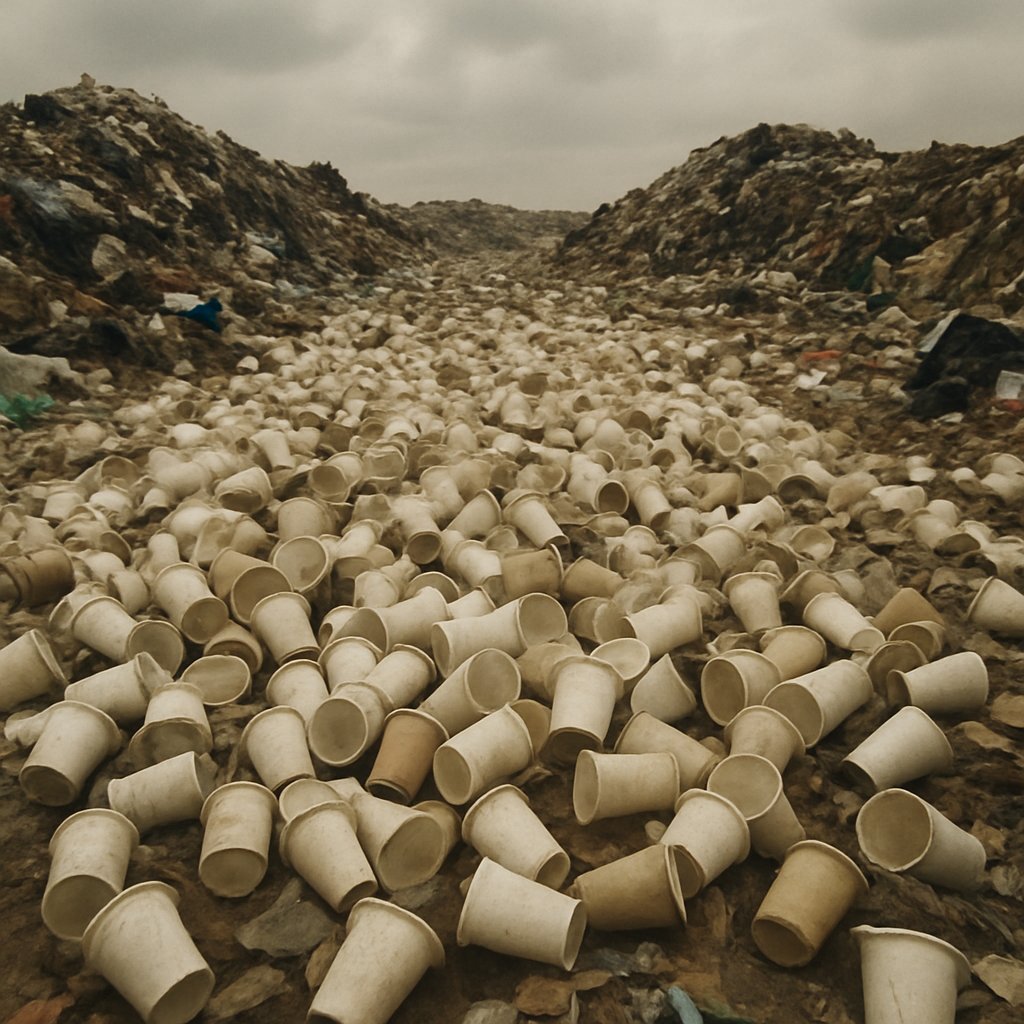Impact of Disposable Coffee Cups and Lids
The Environmental Impact of Disposable Coffee Cups
In today's fast-paced world, grabbing a coffee on the go is a routine for millions of people. However, this convenience comes at a significant environmental cost.
The Role of Lids in Waste Generation
Not only the cups but also the lids contribute to environmental waste. Made from plastic, these lids are often discarded after a single use, adding to the growing piles of plastic waste in landfills. While they are small in size, their cumulative impact is enormous, given the sheer volume of coffee consumption worldwide.
The Scale of the Problem
The scale at which
Landfill Overflow and Pollution

The Carbon Footprint of Disposable Coffee Cups
The production and transportation of
The Challenges of Recycling Disposable Coffee Cups
Recycling
Innovative Recycling Solutions
Some companies are pioneering solutions to address the recycling challenge. For instance, specialized facilities have been developed to handle the unique requirements of recycling
The Environmental Benefits of Alternatives
by Daniel Norris (https://unsplash.com/@danielnorris)
Given the environmental impact of
The Role of Biodegradable and Compostable Cups
In addition to reusables, biodegradable and compostable cups offer another eco-friendly option. These cups are designed to break down more quickly than traditional disposable cups, reducing their environmental footprint. However, it's important to note that these cups still require specific conditions, like industrial composting facilities, to decompose effectively.
Encouraging Sustainable Practices
Shifting consumer habits is essential for addressing the disposable coffee cup problem. Encouraging the use of reusable cups through incentives, like discounts for customers who bring their own cup, can drive significant change. Many coffee shops and chains have started adopting such practices, helping to reduce the reliance on single-use cups.
The Impact of Government Regulations
Government regulations can also play a pivotal role in reducing the environmental impact of
Conclusion: A Call to Action
The environmental impact of
Want to learn more about the types of cups available for takeaway drinks? Read our Ultimate Guide to Paper Cups for Hot & Cold Drinks for tips on selecting the right eco-friendly options for your business.
Explore our full range of paper coffee cups and lids designed to reduce environmental impact while offering convenience and reliability.
Recent Posts
-
Impact of Disposable Coffee Cups and Lids
The Environmental Impact of Disposable Coffee Cups In today's fast-paced world, …29th Jun 2025 -
Clear PET Cups: The Best Choice for Takeaway Drinks
Why Clear Plastic PET Cups Are Perfect for Takeaway Juice, Milkshakes, and Smoothies Clear plastic P …11th Jan 2025 -
Ultimate Guide to Paper Cups – Hot & Cold Drinks
In today's fast-paced world, paper cups are an essential part of the food and beverage industry. Whe …17th Dec 2024



